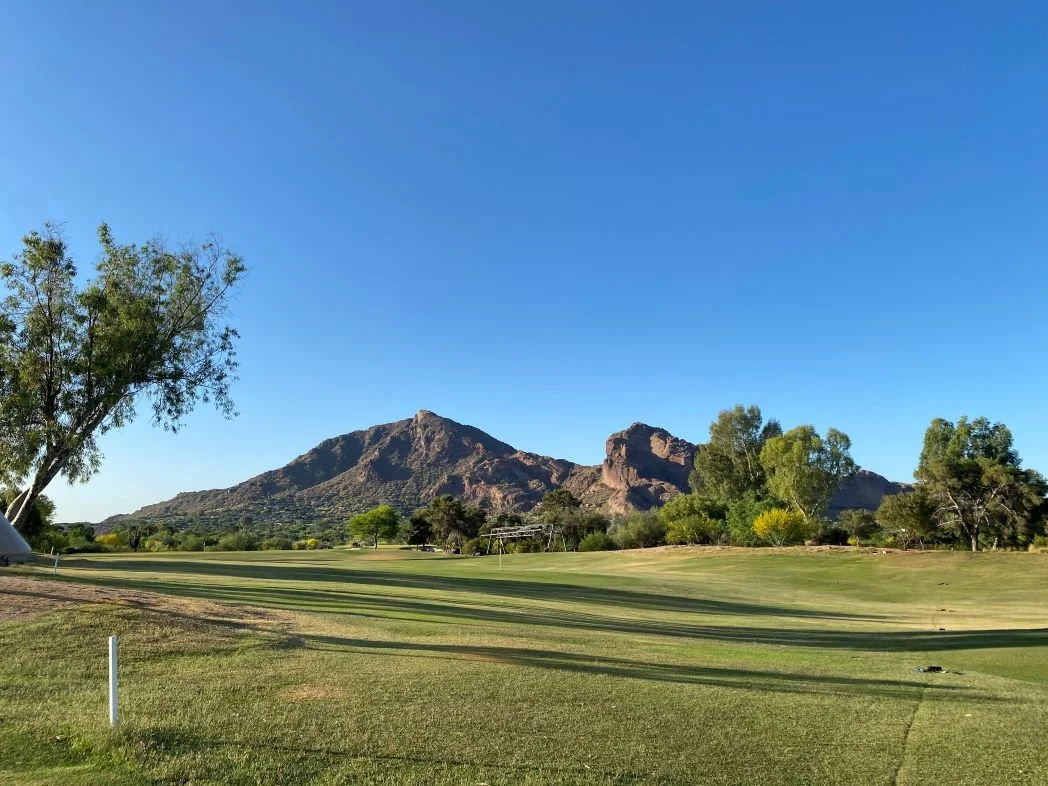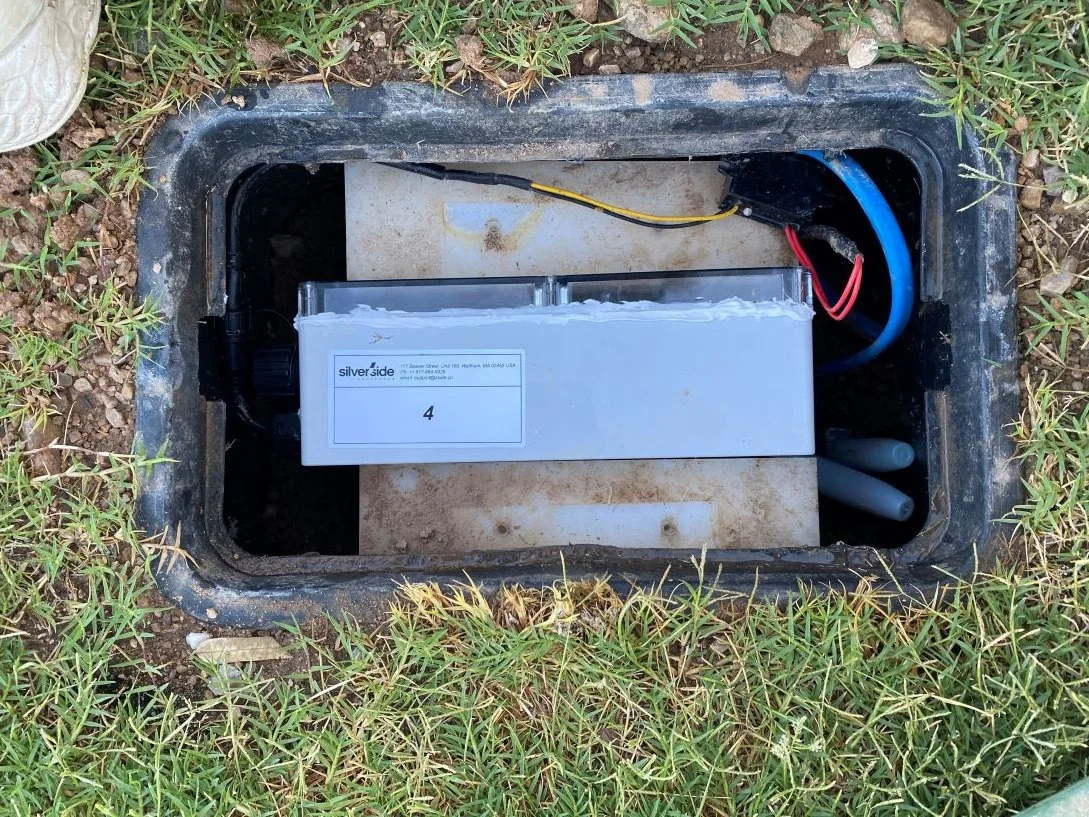Overview
In the summer of 2022, I started my first job, post-graduation, as a mechanical engineer at a small company called Silverside Detectors, based outside Boston, MA. While the funding issues of being a small company eventually led to a shorter tenure than I had hoped, I was able to learn so, so much in my time there. I got the opportunity to participate in both R&D and manufacturing work across a range of projects. Additionally, I got exposure to important non-technical aspects of engineering such as grant and report writing, project management, and setting up PLM systems.
Below I highlight one of the projects I worked on and elaborate beyond the limits of a short resume.


CRNS Research
Much of my time at Silverside was spent, in various capacities, working on an NSF backed project exploring the applications of Cosmic Ray Neutron Sensing (CRNS) for soil hydrology. In a sentence, neutron signals are inversely correlated with soil water content and therefore can give a spatial average rather than point measurements achieved by existing techniques, such as electrical conductivity (EC) sensors.
If you are more curious about the science behind this and its intricacies this article is a decent starting place.
The goal of the project was to determine the efficacy of a tightly spaced grid of lower sensitivity sensors; existing scientific literature has recently begun to explore large scale (hundreds and thousands of meter spacing) networks of CRNS sensors. We conducted a months-long experiment on the driving range of Paradise Valley Golf Course outside Phoenix, AZ- who SilverSide has collaborated with on previous CRNS projects prior to me joining the company.
I worked on the experimental setup which consisted of 30 valve boxes buried in a 20 meter grid on the driving range. I designed and specified the necessary electrical components, wire, and built a base station through which all the power was routed. In addition, I was integral to the development of hardware placed in each valve box. I worked on much of the software that recorded data, integrating a single board computer with 3rd party neutron sensors (and later our in house built detectors- see Chamber Miniaturization section).
It became apparent very quickly with the first prototypes in the field that the interior of the valve boxes experienced large temperature swings, high humidity, and occasional flooding. As such, I also assisted in efforts in testing and validation of enclosures and hardware for field use.
After the raw neutron signals had been cleaned and converted to rough soil moisture estimates, I performed secondary analysis on the results. I generated heatmaps using a variety of interpolations and also created a variety of other visuals.
To read the final report of the NSF Phase I SBIR click here
To see some of the other data visualizations I generated click here


